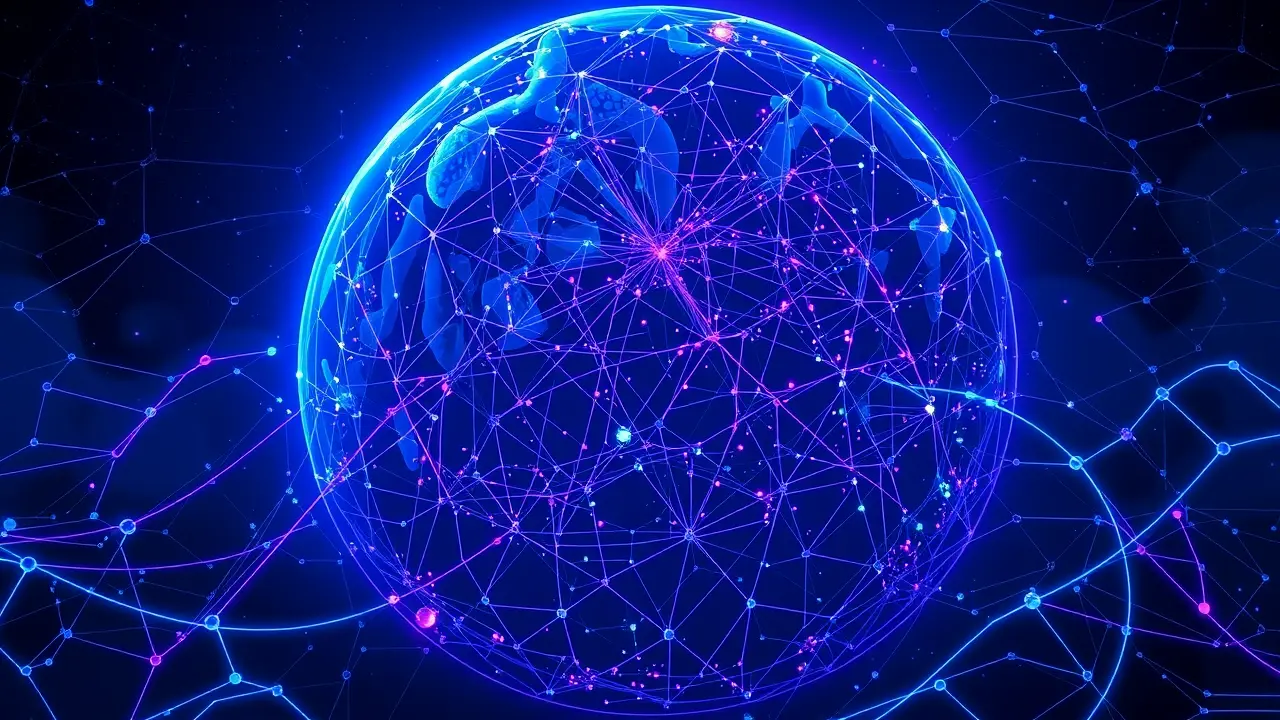The Blurred Truths of Sora
The unveiling of OpenAI's Sora has been met with the kind of breathless anticipation that typically accompanies a paradigm shift, a chorus of voices heralding it as the dawn of a new social media epoch. This perception, however, is a profound misreading of the technology's fundamental nature and trajectory.To mistake Sora for a genesis is to misunderstand its core function; it is not an architect building a new digital world, but a masterful illusionist, a sophisticated engine designed primarily to reanimate, remix, and regurgitate the corpus of our existing, deeply entrenched social media landscape. We are not witnessing the construction of a new frontier so much as the application of an incredibly potent filter over the one we already inhabit, a development that forces us to confront the blurred lines between creation and curation, authenticity and algorithm.This is not a simple evolution but a complex recursion, a moment that demands we apply a rigorous ethical and policy lens, much like the frameworks envisioned by pioneers such as Isaac Asimov, to navigate the unprecedented challenges it presents. The central risk lies not in some science-fiction nightmare of a runaway autonomous intelligence, but in the more insidious and immediate danger of a perfected, hyper-realistic echo chamber.Imagine a political discourse where fabricated videos of world leaders, indistinguishable from reality, circulate not as clumsy deepfakes easily debunked, but as flawless synthetic media, each tailored to confirm the biases of a specific demographic. Consider the erosion of shared truth in journalism, where the very footage of a conflict zone or a natural disaster becomes inherently suspect, its provenance impossible to verify without sophisticated forensic analysis unavailable to the average citizen.The business models of content creation and digital marketing stand to be upended, as the cost of generating high-quality video plummets to zero, flooding our feeds with an endless, engaging, yet ultimately hollow stream of AI-generated narratives that compete for attention with human-made work. The regulatory and philosophical quandaries are immense.How do we establish digital provenance and watermarking in a way that is both robust and universally adopted? What constitutes authorship and copyright when a system like Sora can generate a short film in the style of a specific director by simply processing their body of work? The opportunities for creative expression and personalized education are undeniably vast—allowing individuals to visualize complex historical events or prototype film ideas with minimal resources—but these benefits are shadowed by equally potent risks of mass disinformation, personalized propaganda, and the further commodification of human attention. The true test of Sora, therefore, is not its technical prowess, which is undeniably staggering, but our collective societal capacity to manage its downstream effects.It forces a conversation we have been delaying: how to build immune systems for our digital society against the pathogens of synthetic media, how to foster critical digital literacy on a global scale, and how to ensure that this powerful technology amplifies human creativity and understanding rather than simply automating our existing vices. The future Sora portends is not one of a clean break from our current reality, but a hall of mirrors reflecting it back at us with ever-increasing fidelity and distortion, challenging us to discern the original from the reflection before the distinction ceases to matter altogether.
It’s quiet here...Start the conversation by leaving the first comment.
